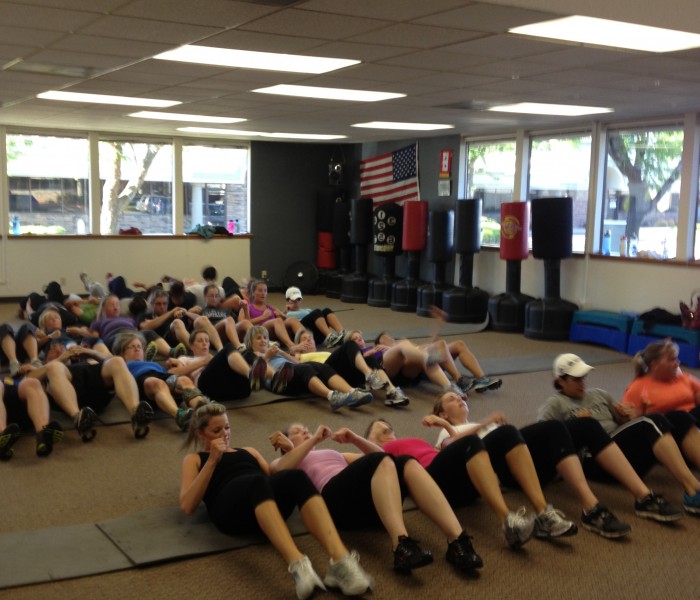http://www.thealternativedaily.com/
While ultra-filtered milk is often marketed as a nutritional upgrade, it’s not without downsides. Here’s a look at why some experts and consumers are pushing back: It’s Still Ultra-Processed Despite coming from cows, ultra-filtered milk undergoes significant industrial processing. High-pressure filtration systems strip out natural components like lactose and water, and the product is then […]








 For now classes are 6pm and 640pm at 2840 Wildwood st in the Boise Cloggers studio.
Book your class NOW!
click this ==>
For now classes are 6pm and 640pm at 2840 Wildwood st in the Boise Cloggers studio.
Book your class NOW!
click this ==>








